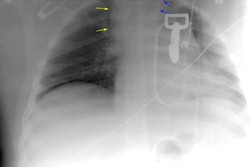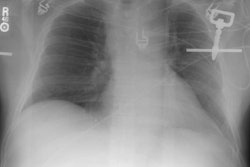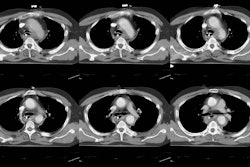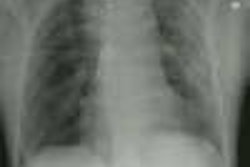Medical students specializing in radiology can expect to find a healthy job market for the next several years. That’s important news for these students, who understand economic forces in the healthcare job market and incorporate this information into their specialty choice, according to research published in the latest issue of Radiology.
To quantify the preferences of medical students for various specialties and compare shifts in preference with overall employment market prospects, researchers from Yale University in New Haven, CT, and the American College of Radiology in Reston, VA, studied data from the National Residency Matching Program, a radiology help-wanted index (HWI), and American Medical Association salary data (Radiology, October 2001, Vol.221:2, pp. 87-91).
The study team created a proxy for the relative attractiveness (RA) of diagnostic radiology, which was calculated by subtracting the percentage fill rate for all specialties from that of radiology. The RA values were then compared with the HWI and with AMA income data.
The HWI revealed that the job market for radiologists was strongest at the beginning of the 1990s, decreased to a low in 1994, then recovered to exceed its original peak by the end of the decade, according to the study team. The RA of radiology showed the same trend, delayed by two years. A similar relationship was found when the RA of radiology was compared with median income data for radiologists.
"We believe that medical students have an in-depth understanding of the economic forces at play in the healthcare job market and that they use this information when choosing a specialty," the researchers concluded.
A positive four-year trend in RA bodes well for radiology, the researchers concluded. In line with recent market indications, the trend would be expected to continue, they wrote.
At the same time, a substantial increase in imaging volume in the past decade -- coupled with declining numbers of medical students matching in diagnostic radiology in the mid-1990s and the "catch-up" hiring going on -- has created a supply and demand imbalance, according to the study. This imbalance may continue for several years, as the current upswing of students entering diagnostic radiology will not be reflected in the job market for at least five years.
"Given the increasing overall demands for our services and the current limits placed on government-funded residency positions, it is likely that a genuine shortage of radiologists will exist in the not-too-distant future," the researchers wrote. "Market forces, as previously described, should bode well for the economic viability of the specialty, and the RA, in the short run at least, should maintain its current peak. Policy makers and graduate medical education planners may wish to consider these data to allow for the appropriate level of trainees and future radiologists."
By Erik L. RidleyAuntMinnie.com staff writer
October 15, 2001
Related Reading
RT educators protest higher education requirements, October 8, 2001
UK's imaging demands exceed capacity of personnel, September 12, 2001
Is a career in radiology right for you?, June 2001
Copyright © 2001 AuntMinnie.com



















